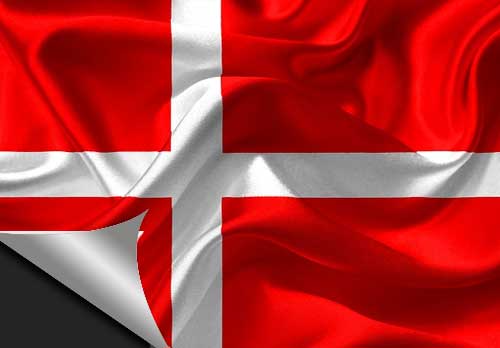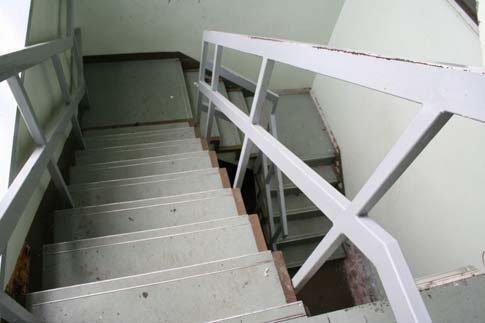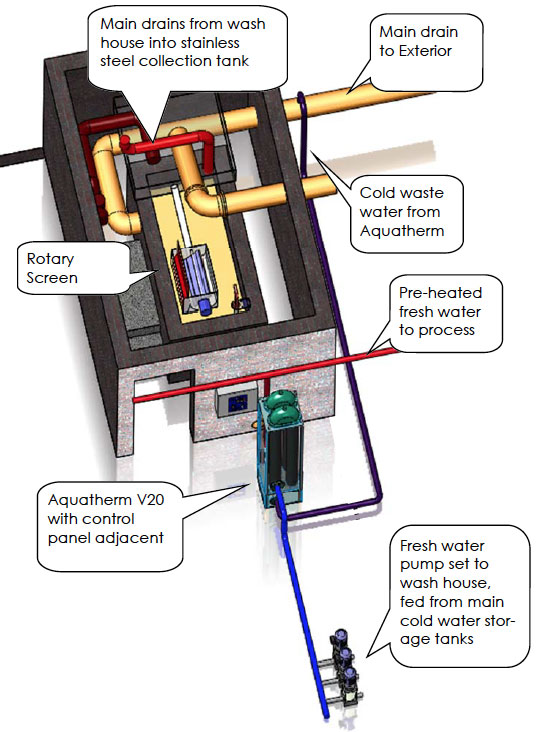33 years after the construction of the famous Blackpool Tower in 1894, Express Laundry opened its doors for business.
Starting as a domestic laundry in 1927 the business has grown into one of the best recognised names in the UK laundry Industry. Today, both Tower and Laundry are thriving - one still attracting tourists
from all over the UK, the other providing a top quality linen rental service to the hundreds of hotels and guest houses that service the town's many visitors.
Over a partnership of 25 years, current owner, Eddie Bruce, and Chief Engineer, Gordon Edwards, have kept abreast of the latest developments in machinery and processes - often creating ideas that have kept their suppliers on their toes to deliver.
In the 1980s, Express was one of the early customers of Aquatherm's original design, and reported steam use of 0.16 kg per kg processed - unheard of at a time when 0.4 - 0.5 was the norm for the newest tunnel washer laundries.
30 years later, with all of the original machinery upgraded—some more than once—to ’state of the art’ the decision was made to install water recovery as a means of saving both energy and water.
This did not prove successful and a couple of years later Aquatherm was brought in to install a system to recover and reuse the significant volume of energy that was being lost to drain.



A year after the installation total reduction in energy used for washing was nudging 1m kwh -sufficient to recover the entire cost of the equipment and. installation.
[su_quote]We have not touched the unit since it was commissioned, said Gordon Edwards. It does exactly what it says on the box. We reckon that savings at our Vale Plant (another V10 installed at Express’s plant in North Wales) are over £50,000. It's been an excellent investment all round.[/su_quote]
The Aquatherm deals with two Lavatec tunnels processing a mixture of hospitality and NHS linen. Clever use of chemicals and flows enables the laundry to achieve rinsing temperatures of over 50 C which results in faster and cheaper drying and finishing - a saving not included in the figures reported by the Aquatherm’s data records.
The unit was installed and commissioned entirely by the engineering team at Express, and was running within days of being delivered to site.
A visit to site a year later revealed that an average of 10,760 litres per hour was being heated from 8.1 C to 35.2 C using the waste water as a source. In turn the waste water was being cooled from 56.4 degrees to 24, resulting in a total recovery of 68% of the available energy.






